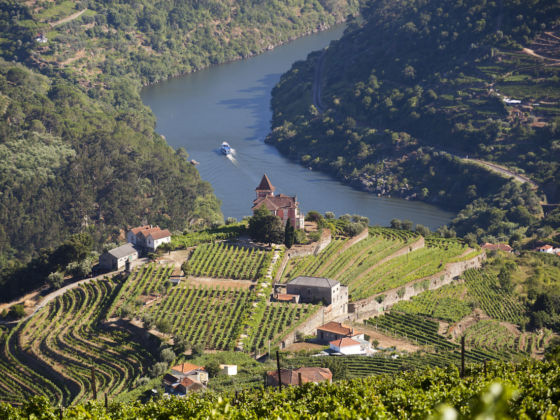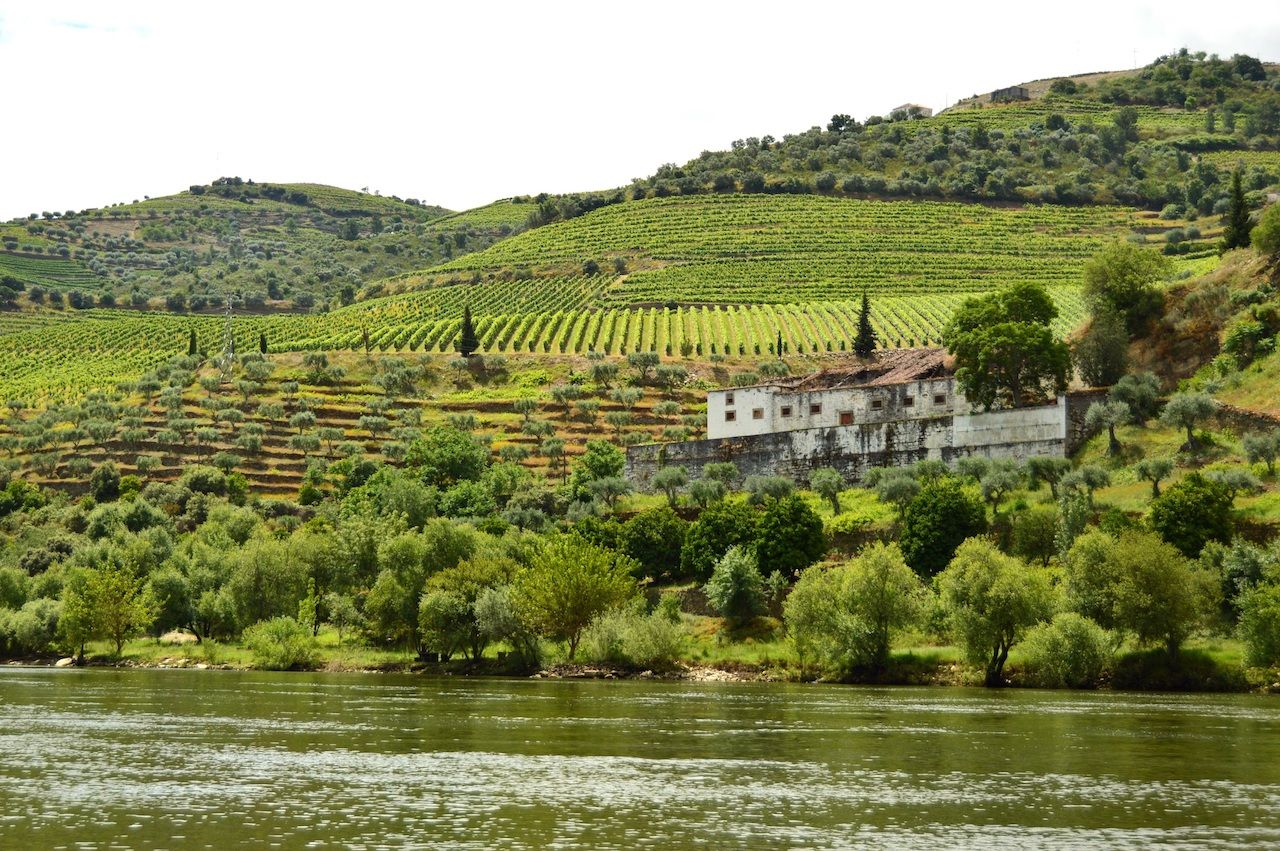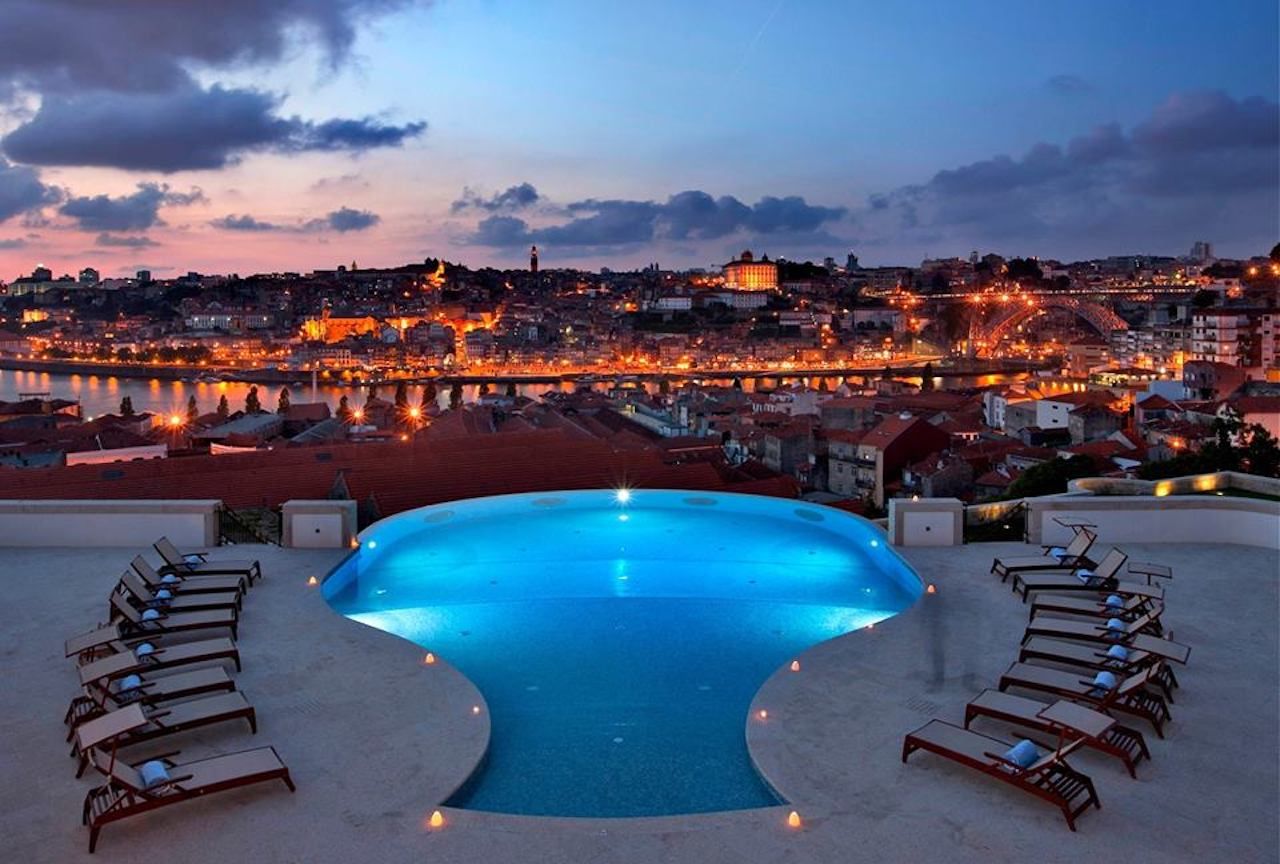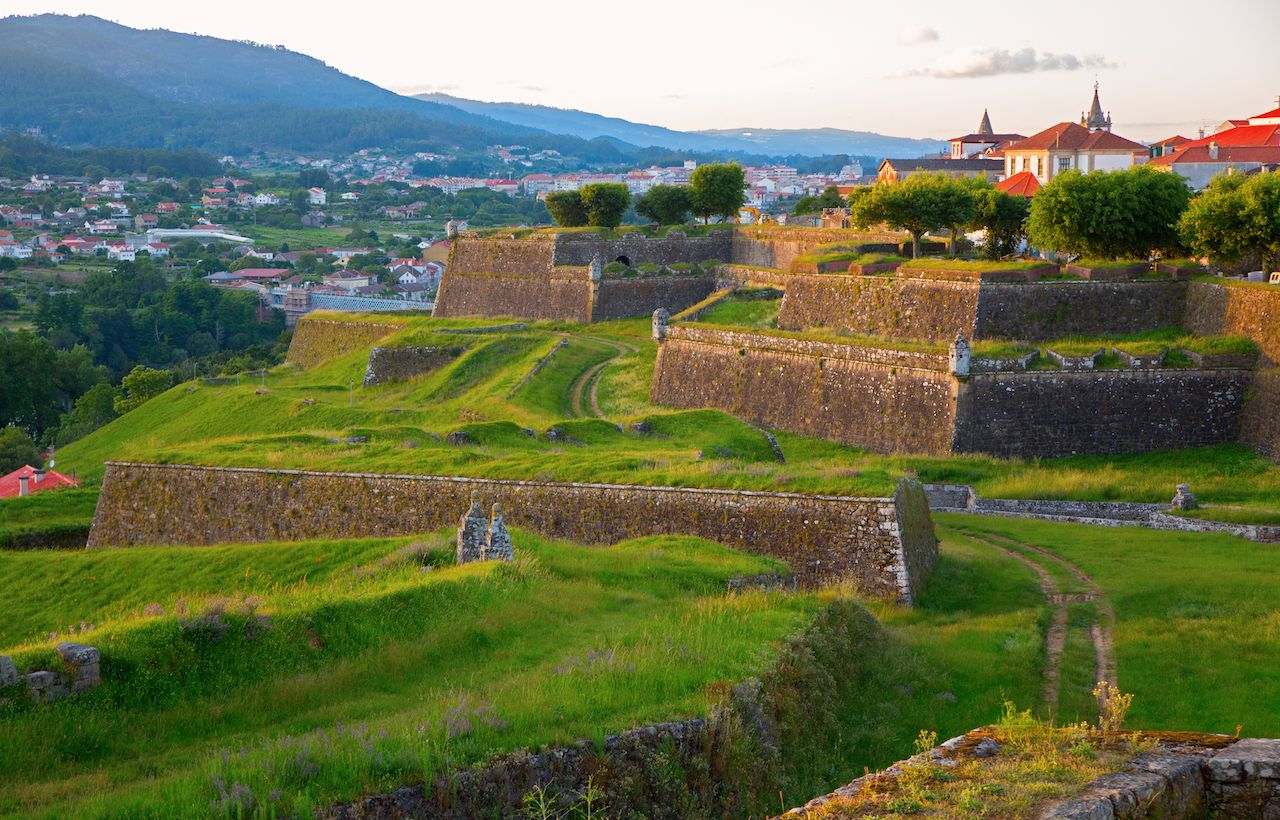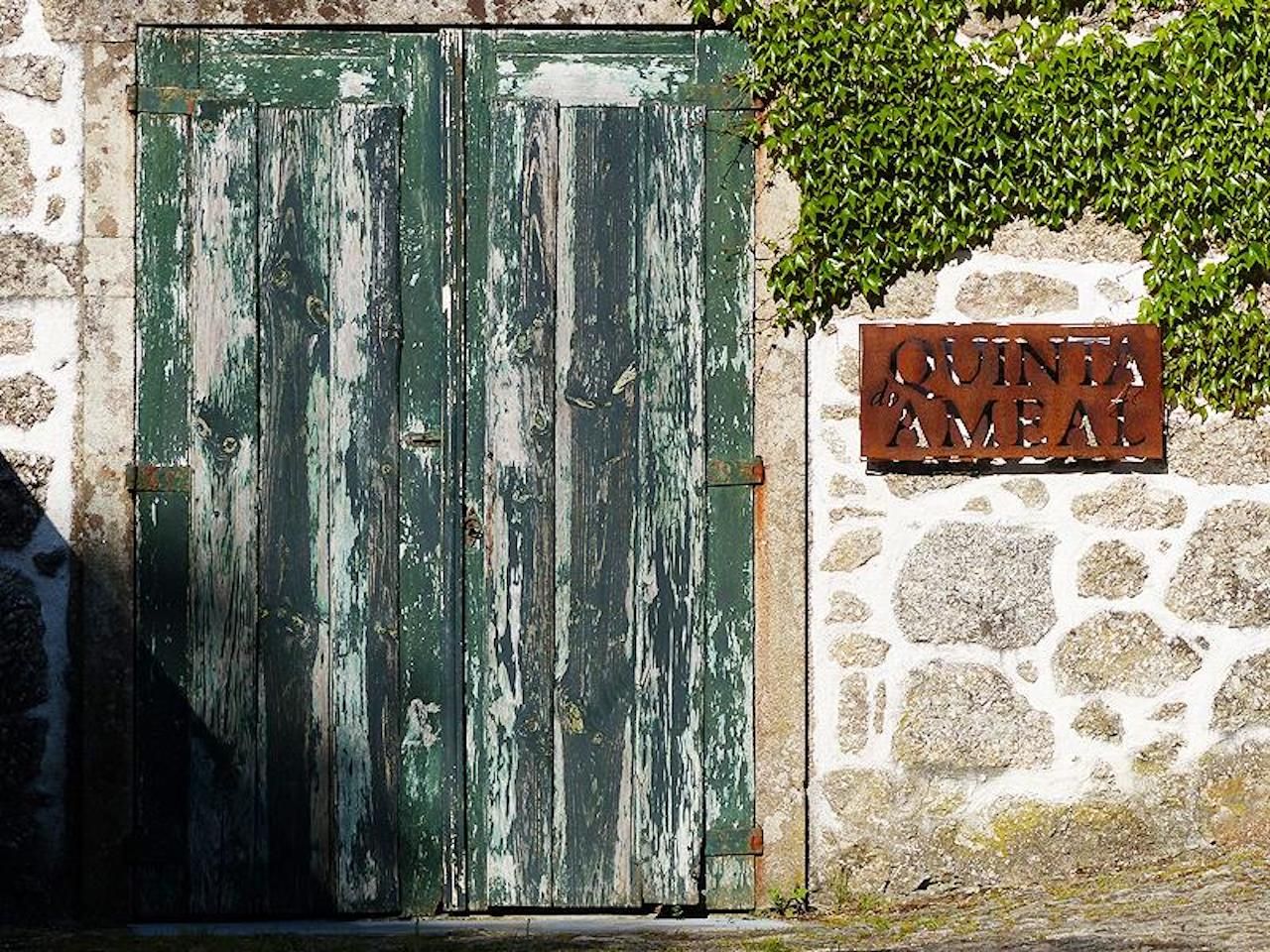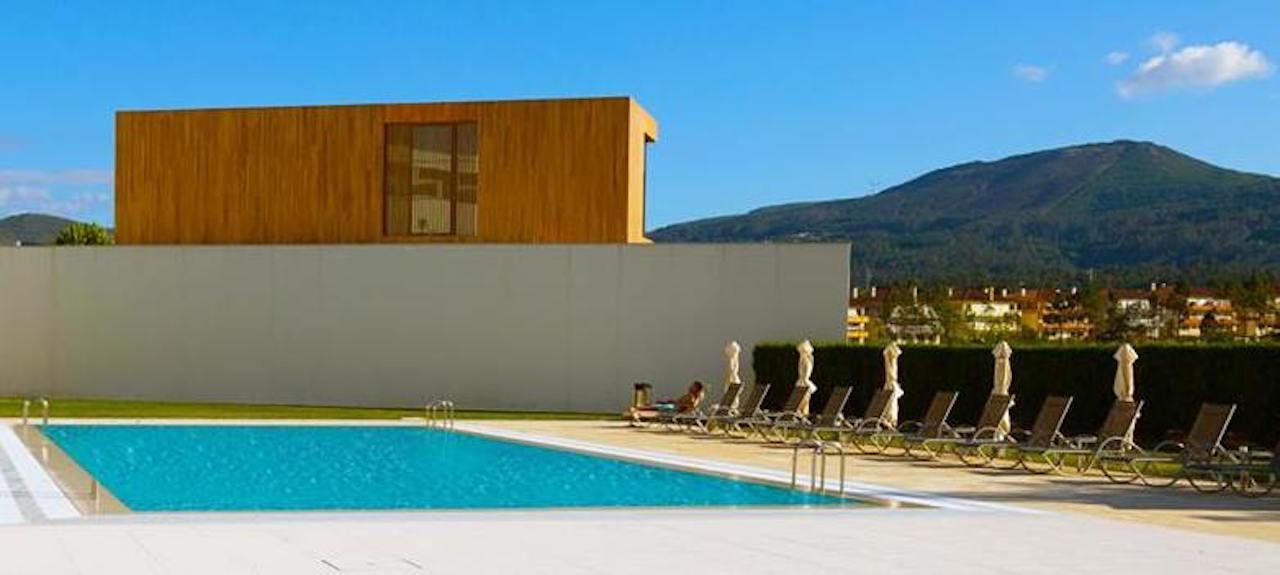EVEN THE MOST clueless wine drinkers can generally fall back on ordering a house red with dinner. In Portugal, it’s not so simple.
The nation’s most iconic wine, port, is fortified with an unaged brandy. Then there’s vinho verde, or green wine, a lightly fizzy, lightly viridescent summer staple from northern Portugal. Add in the fortified wines moscatel and Madeira, sparkling wine, and rosé, and you’ve got your glass full before even considering the country’s vinho tinto and vinho branco, or red and white table wines.
